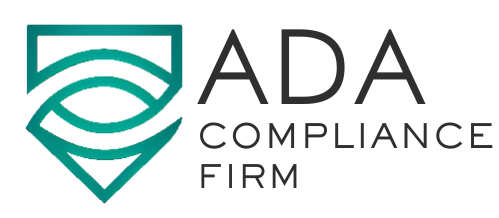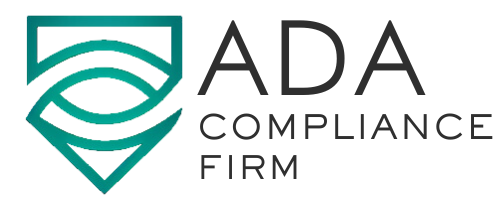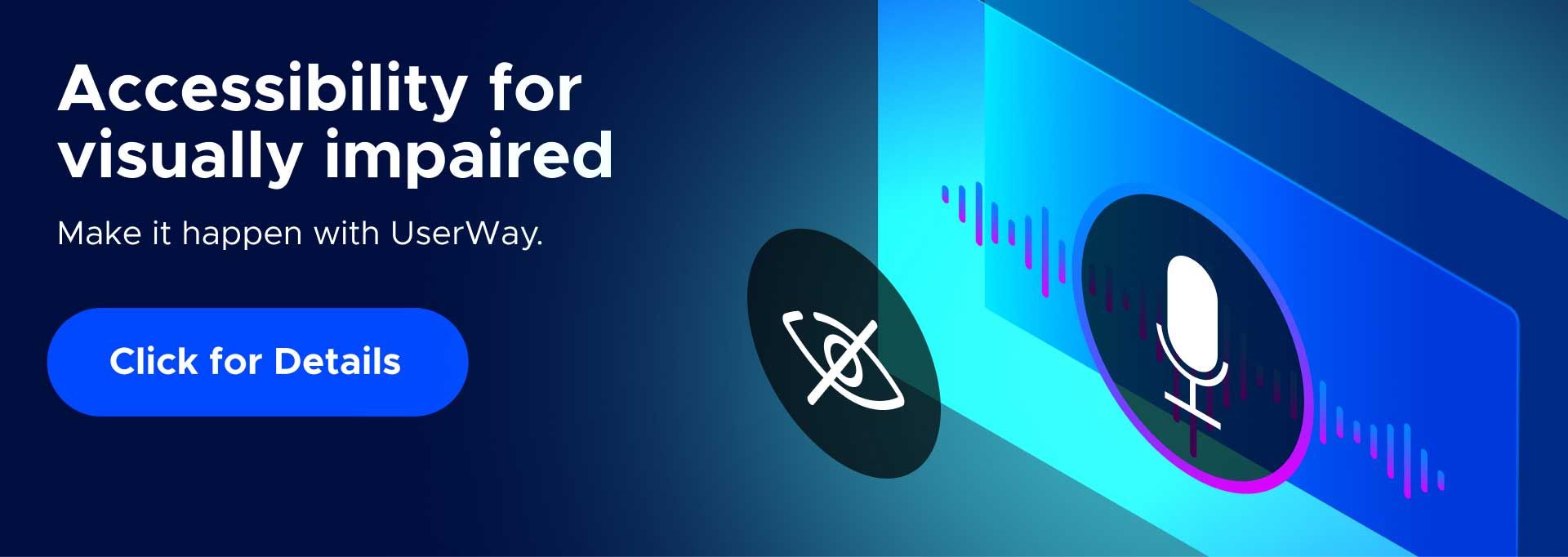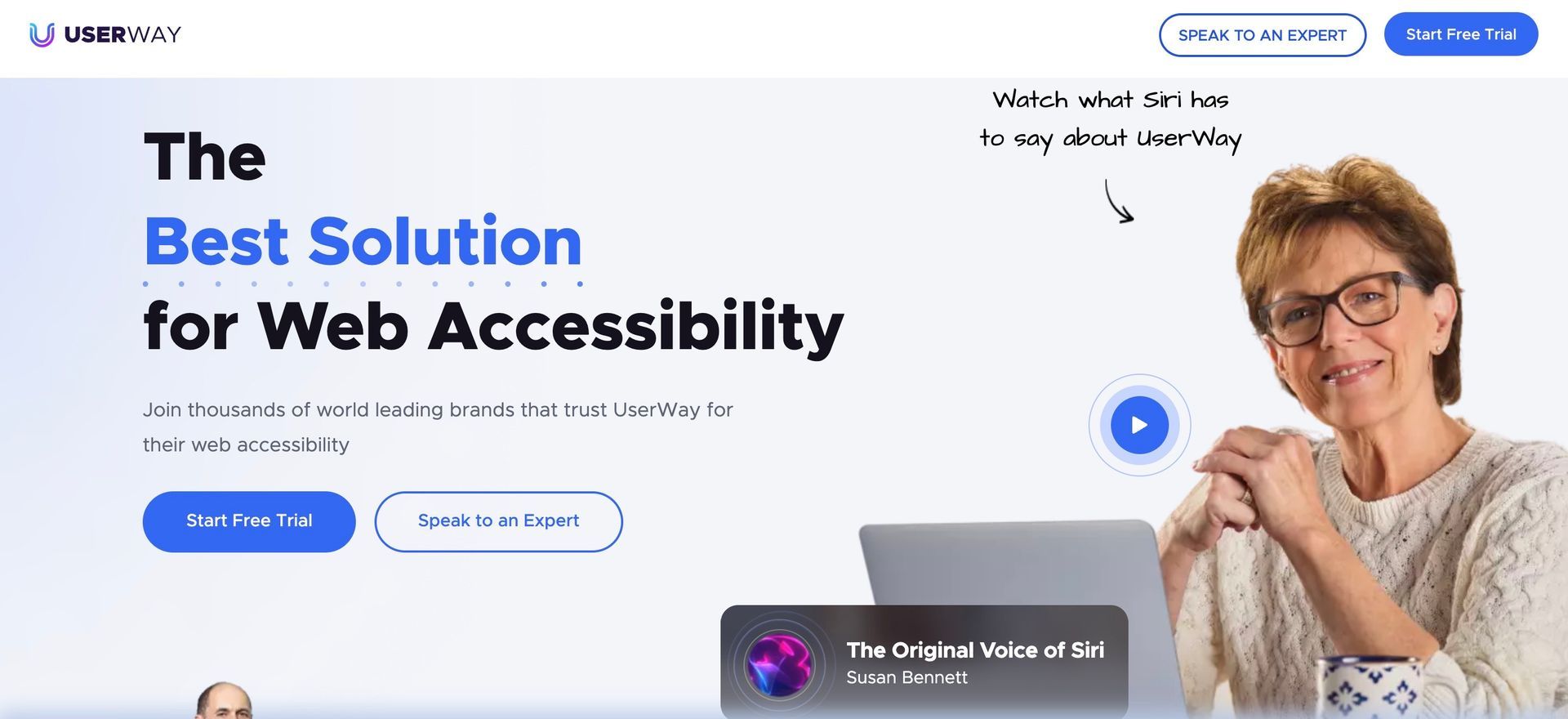Introduction to ADA Compliance: Ensuring Accessibility for All

The internet is an exceptional tool for disseminating information, soliciting services, and connecting individuals worldwide. However, the surge of digital platforms has brought to light a critical issue: accessibility for people with disabilities. The Americans with Disabilities Act (ADA) conveys a clear mandate that accessibility is not a privilege but a right. And this includes digital spaces.
As we delve into the complex nuances of ADA compliance, it is not just a legal checkbox but a substantial stride toward inclusivity, equitable access, and morality within the digital landscape. For website owners and digital marketers, this isn’t merely about avoiding legal strife; it’s about building trust and expanding reach. In this comprehensive guide, we will navigate the domain of ADA compliance, understanding its impact, and implementing it into your digital strategy.
Understanding ADA Compliance
Definition and Scope of the ADA
The Americans with Disabilities Act (ADA), first signed into law in 1990, prohibits discrimination against individuals with disabilities in all areas of public life. Title III of the ADA specifically addresses accessibility in “places of public accommodation,” which has been extended to the digital realm as well.
Key Principles of Accessibility
The basis of ADA compliance is rooted in key principles: availability, usability, adaptability, perceivability, and robustness. These principles provide a framework for ensuring that individuals with disabilities can perceive, operate, and understand web content, all while accommodating various assistive technologies.
Who Needs to Comply?
Virtually every business, organization, and institution that provides goods or services online must adhere to ADA standards. From e-commerce businesses to educational institutions, the reach of ADA compliance is vast and non-negotiable.
Benefits of ADA Compliance
Inclusivity and Reaching a Wider Audience
By focusing on accessibility, you create an inclusive environment where individuals with disabilities can fully engage with your content and services. This not only broadens your audience but also fosters a sense of community and social responsibility.
Enhanced User Experience and Customer Satisfaction
An accessible website provides a superior user experience for all visitors. This can translate into improved customer satisfaction, increased loyalty, and positive brand perception.
Improved SEO and Search Rankings
Search engines like Google prioritize websites that are more accessible. This means that by enhancing your site’s accessibility, you also improve its search engine optimization (SEO) and visibility to a broader audience.
Common ADA Compliance Requirements
Web Content Accessibility Guidelines (WCAG) Overview
The WCAG, created by the World Wide Web Consortium (W3C), offers a set of guidelines for making web content more accessible. We will explore the main checkpoints of the WCAG and how they relate to your site’s content and design.
Examples of Accessibility Features and Best Practices
From providing text alternatives for non-text content to ensuring proper color contrast, we will delve into examples of features and best practices that align with ADA standards.
Addressing Barriers to Accessibility
Design Considerations for Visually Impaired Users
Visual impairment is one of the most common disabilities affecting web use. Design considerations such as using scalable fonts, proper heading structures, and descriptive image alt text make a substantial difference for these users.
Providing Alternatives for Audio and Video Content
Individuals with hearing impairments rely on transcripts and captions; these elements must be present and accurately aligned with multimedia content. This section will detail the implementation of these features.
Ensuring Keyboard Navigation and Focus Indicators
For users with motor skill impairments, keyboard navigation serves as a vital tool. We will cover the importance of proper focus indicators and their role in aiding navigation for all users.
Tools and Resources for ADA Compliance
Accessibility Evaluation and Testing Tools
A wide array of tools is available to evaluate your website for accessibility issues. From screen readers to contrast checkers, you’ll learn about the tools that can help you identify and address compliance gaps.
Training and Certification Programs
To achieve lasting ADA compliance, investing in training and education is paramount. There are numerous programs available to enhance your team’s understanding of accessibility standards and implementation.
Legal Considerations and Enforcement
Recent Legal Cases and Settlements
We will review prominent legal cases where the lack of ADA compliance led to hefty fines and settlements, shedding light on the tangible risks of non-compliance.
Government Agencies and Organizations Responsible for Enforcement
Understanding the entities that enforce ADA compliance, including the Department of Justice, can provide clarity on the regulatory landscape and the potential consequences of non-compliance.
Conclusion
As we wrap up this exploration of ADA compliance, the resounding call to action is clear: ensuring digital accessibility is not optional. For website owners and marketers, it represents an opportunity to differentiate your brand, foster a more inclusive online community, and align with legal and moral obligations. Remember, ADA compliance is a journey, not a destination. Continual education, proactive monitoring, and a culture of inclusion will set the stage for future success in the digital age.
ADA compliance is not an isolated need; it’s about crafting a web environment where everyone can participate equally. By prioritizing this in your digital strategy, you’re not just meeting legal standards — you’re unlocking the true potential of the web as a platform for all. It’s a journey we must all begin, not only for the benefit of individuals with disabilities but for the society’s greater good.
Join our newsletter
Recent Blog Posts
















